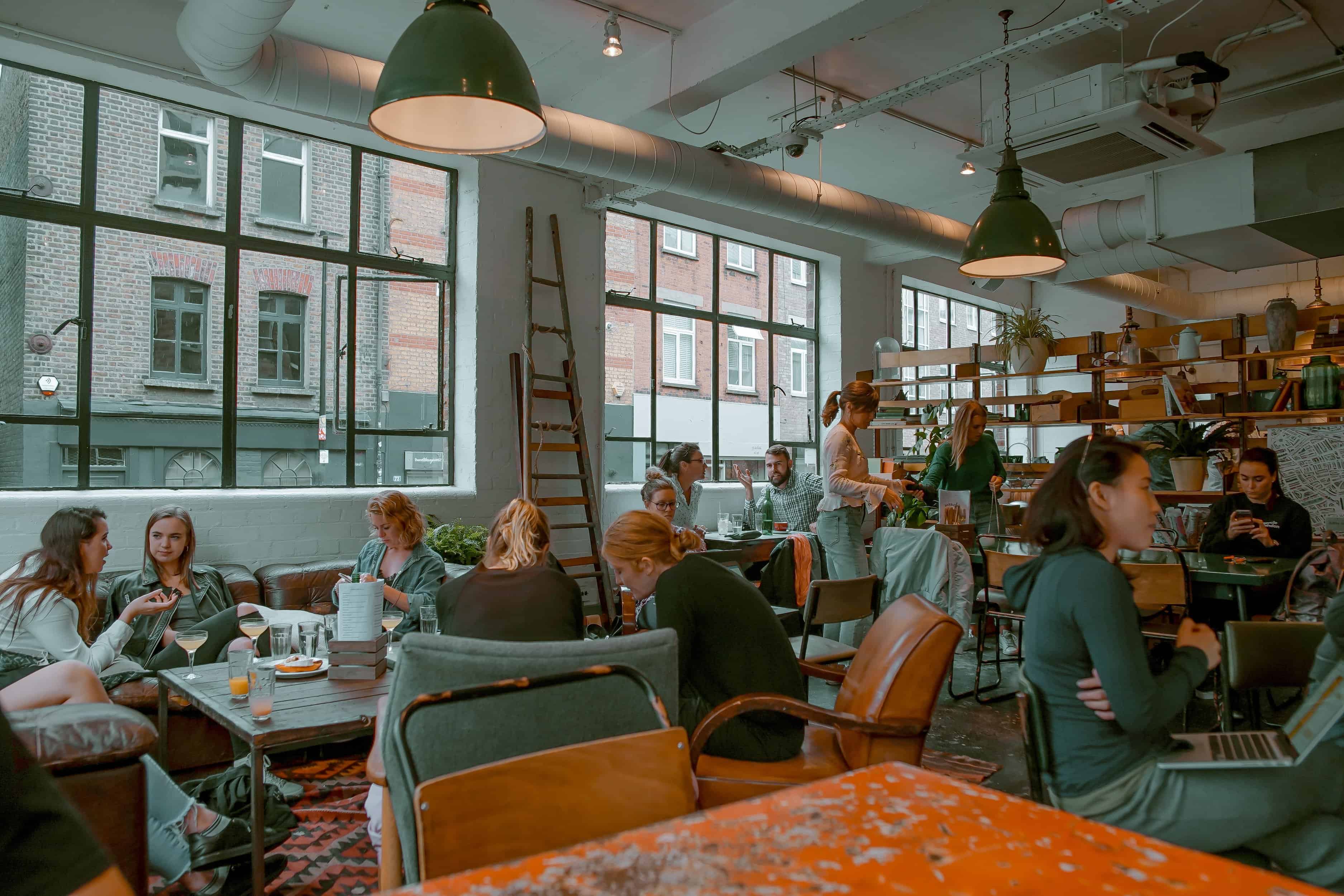The Working Lunch! The French swear by their 3 course set menus washed down with a bottle of red, the Italians even believe the best business deals are closed over food, and most would admit to it being the favorite part of their day. But what about in the UK? What about our restaurants? How has the pandemic and more specifically, the increase in work from home positions, affected our local restaurants? Are we slowly losing the working lunch tradition? What does the future hold and how can the hospitality industry prepare itself for these new “post covid” times. With more and more households setting up home offices, will we be typing into google “WFH (working from home) recipe ideas” instead of “best set menu nearby”?
You won’t be surprised to read that since the pandemic, the number of people working from home has increased tenfold, over 50% of employees set up their home desk with the aim to protect everyone’s health. We’ve embraced the lack of commuting, setting the alarm a little later and we all know somebody who’s jumped on a video call wearing an impeccable suit and shirt, coupled with a comfy set of pajama bottoms. It’s a modern concept precipitated by an unforgettable and unprecedented pandemic. More than ¾ (78%) agreed that this new system improved their work life balance, made them faster at completing tasks, and 53% said they had fewer distractions (we assume they didn’t have young children running wild).
WFH post pandemic. How long will WFH last? Are hybrid jobs here to stay?
Fast forward to 2022, COVID has thankfully taken a backseat role, offices are back in business, the commuters are back, but how many of us are still using the shirt/pajama combo at home? It seems the trend is shifting to a more hybrid system, with a few office days a week, allowing for the team meetings, in person presentations, chats around the coffee machine and socializing. To be precise, from February 2022 to May 2022, hybrid workers have increased from 13% to 24%, and fully remote positions have dropped from 22% to 14% in the same period. Most offices now even offer incentives for staff to come into the office. On Monday’s the company gets breakfast delivered. On Tuesdays? Taco Tuesday of course. A lot of restaurants are noticing the working lunch tradition migrating into the office, through delivery services. So, it seems that working from home is here to stay, or at least hybrid positions, with the odd few trips to the office, accompanied with a few tacos al pastor.
What does the increase in WFH positions mean for the hospitality industry?
With bars and restaurants closed during the worst of the pandemic, workers had no other choice than to get cooking. A quick bowl of soup, a bagel or a sandwich would do the trick, just in time to jump on the 1pm scheduled call. Half of the country decided to bake their first loaf of bread, the other half spent hours scrolling through home delivery apps and ordered in their favorite sushi or burger. It’s a time the hospitality industry would rather forget. Now bars and restaurants are back open, but most workers are still at home, do people actually still go out for lunch? Or have they got used to their home cooked or delivered meals?
We all remember the tsunami of bookings in restaurants once bars and restaurants reopened, the “eat out to help out” scheme, the maximum number of people on tables… It’s undoubtable that we have now returned to pre pandemic levels in terms of eating out. The lack of restrictions has been met with happiness, excitement and restaurants have seen a surge in bookings. However, there’s a definite shift when it comes to when people are deciding to eat out. With WFH positions allowing us to set our alarm later, we’re indulging ourselves and staying out a little bit later than our intended bedtime, meaning we’re available to eat out in the evening mid-week.
The slowest time for the industry at the moment is lunchtime. There is no doubt that the increase in work from home positions has influenced this. Why would I book a table in my favorite restaurant next to the office, if I’m working 10 miles away in my living room? If I’m not commuting into the office, do I really need to pick up my takeaway cappuccino? Of course not! There is good news though! The lack of socialization that accompanies the WFH model means that friends and family are meeting in the evenings mid-week. If we look at the trend, with an increase of hybrid positions, this is sure to improve. On days workers head to the office, the set menu next door will be even more tempting (even more so if you’re not the best cook and have been eating tinned soup for the last 3 days).
So, to round it up, yes, we’ve seen a dip in the working lunch, but it’s not all bad news. The new post pandemic business world has simultaneously held on to the business lunch tradition on the days workers head to the office and has created new scenarios; the need to socialize after a day locked up at home, bosses ordering food deliveries to tempt workers back to their desk. This new flexibility is key into understanding the future of trends for hospitality.
